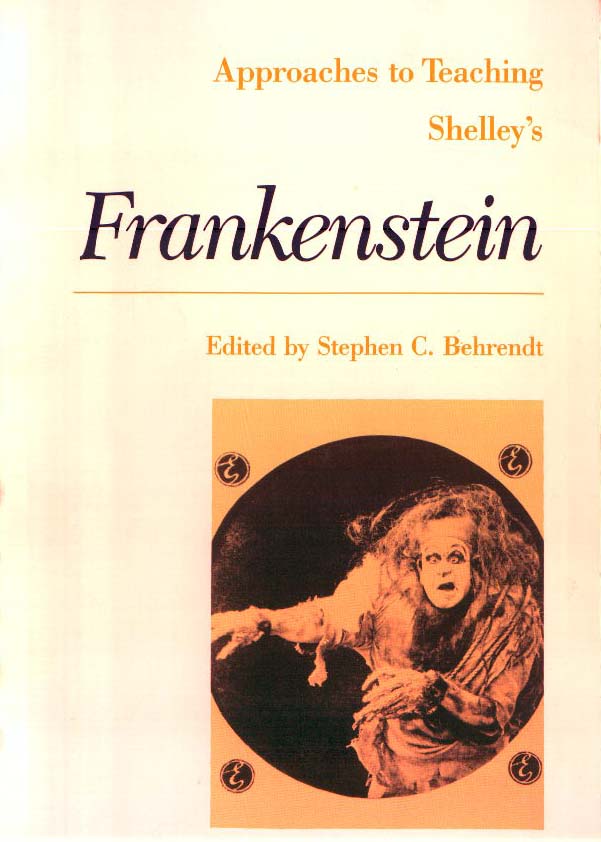

Mary Shelley's Frankenstein is one of the most enduring and widely taught of all novels in English; it appears in courses ranging from Gothic fiction and British Romanticism to courses in popular culture, Women's Studies, science, and psychology. It is read and discussed at all levels of culture, and the messages that readers continue to find in it encompass an extraordinary range. The novel has provided one of the most familiar images in Western culture, in part through its perennial appeal as the basis of numerous movie versions, including even a brief silent film made by Thomas Edison's studio (from which the cover image at the left is drawn).
This volume assembles nineteen essays that discuss various approaches to teaching this novel in a variety of course formats both within and outside of the traditional English Studies curriculum. It includes also two essays dealing specifically with issues related to Frankenstein's cinematic history.
The volume contains a critical and pedagogical introduction, a descriptive survey of scholarship, suggestions for student reading and writing, and an extensive bibliography.
Modern Language Association, 1990